 0
Product
Products
(empty)
0
Product
Products
(empty)
No products
Pet & Garden Supplies
- Poultry
-
Bird
- Birds For Sale
- Bird Seed & Grains
- Feeds, Treats & Supplements
- Lorikeet Food
- Breeding Aids
- Bird Cages
- Bird Medications
- Bird Care Supplies
- Pigeon
-
Dog
- Dog Treats
- Dog Food
- Dog Kennels
- Crates, Carriers & Pens.
- Dog Medication & Supplements
- Flea, Tick and Worming
- Shampoo & Grooming
- Puppy Care
- Dog Accessories
- Cat
- Rabbit & Small Animal
- Aquarium & Reptile
- Wildlife
- Horse, Stockfeed & Hay
- Pest Control
- Wire Mesh
- Organic Gardening
- Potting Mix & Mulch
- Manure, Compost & Fertiliser
- Lawn Care
- Garden Pest Control
- Fruit & Vegie Patch Care
- Orchid Care
- Home & Garden Care
- MISC Payments
Specials
Lucerne Pellets




 0 Review(s)
0 Review(s)




 0 Review(s)
0 Review(s)
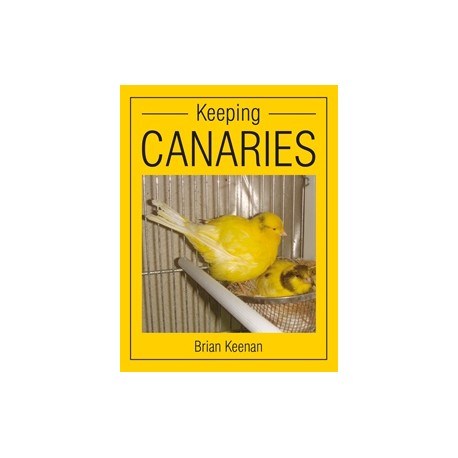 View larger
View larger
Keeping Canaries - Book (Disc)
30823
Keeping Canaries - This softcover 144 page book fills a gap in a lack of up-to-date information how to keep canaries. Published in 2012, the glossy pages are adorned with 120 colour photos.
Keeping Canaries - This softcover 144 page book fills a gap in a lack of up-to-date information on the canary. Published in 2012, the glossy pages are adorned with 120 colour photos.
NOTE: THIS BOOK IS OUT OF PRINT AS OF 20/9/17. PLEASE CONSIDER OTHER OPTIONS BELOW.
Brian Keenan began keeping canaries at the age of eight. His first birds were a trio of Yorkshire Canaries and he has been breeding these for over 50 years. Brian is a champion breeder and exhibitor and is in constant demand as a popular judge at exhibitions throughout the world. He has a regular column in Cage and Aviary Birds magazine and is the President of the Yorkshire Canary Club, the leading club worldwide for this type of canary.
Canaries have been domesticated since the 15th century, when the Spanish first imported them from their Canary Isles home, attracted by their melodic song. Since then, their popularity as a caged bird has spread throughout the world. This book introduces several of the different types of canary that are popular today, and offers invaluable advice on the responsibilities of ownership and how best to care for these beautiful birds.
Topics covered include History of the Canary, Housing, Nutrition, Breeding, the Annual Moult, Training for Exhibition, Showing, Breed Standards, Healthcare and Glossary of Terms.
Although written for UK breeders, the information is well adapted to other countries. I am not aware of any other canary book available in Australia currently that matches this title.
Review by Brian Bohl — author of regular column Canary Chatter in Australian BirdKeeper Magazine
Keeping Canaries is set out in a sound, logical sequence. The photography is high quality, produced on high quality paper. I found the book a little top-heavy with photography and believe it could have been more text-oriented. Although the photography is of exceptional quality, it appears in some chapters to have been used as fill—taking up a whole page where a photo one-third of that size would suffice.
As with other canary texts written by authors from the Northern Hemisphere, the time periods for all events in the life of a canary—such as pre-breeding, breeding, the annual moult and show season—are the reverse timing of the same events occurring in the Southern Hemisphere. An enthusiast or breeder will have to continually convert the data to suit their own global location, which can be quite annoying. However, currently in Australia, there is no book of quality available on the canary and I found that there was much valuable information needed by breeders to waive such annoyances overall.
Contents: Let’s take a look at the various sections in detail.
History.This section explains the basic history of the canary from the late 15th century, the three types of canaries—namely Type, Colour and Song—and some of the history of the various canary types and their evolution.
This brief history focusing on the Type or Posture canary is concise and quite accurate.
Responsibilities of Ownership.This section looks at types of accommodation, cleanliness and hygiene. The mite treatments dealt with are unique to the UK and are not available in Australia.
The author breaks the canary year into four distinct periods, which is well done, but, again you need to reverse to the Southern Hemisphere.
Housing.Bird room construction materials, ventilation, insulation, heating, lighting, the cages and cage accessories are all covered, but this is one of the chapters in which the use of unnecessary full-page photographs is quite noticeable.
Nutrition.This is an excellent chapter on all aspects of nutrition, including types of seeds, pellets, minerals and trace elements, fruit and vegetables, green food and supplements.
Breeding Canaries.By far the longest chapter in the book, the comprehensive text covers the breeding cycle, types of breeding (such as colony and line breeding), as well as preparation, laying, hatching, rearing, banding and weaning. It also explains basic breeding principles and rules.
The Annual Moult.In this short, concise chapter on the annual canary moult, the author looks at some practical considerations to assist canaries through this difficult and demanding period with relative ease. Feeding and other important moulting requirements are covered.
Training and Showing Canaries.The author is a well-respected breeder and international Yorkshire Canary judge and, as would be expected, his chapters on training, showing and judging are exceptional.
Breed Standards.The author describes the varieties of canary primarily shown on the UK show bench, which are also the popular varieties exhibited in Australia—Border, Fife, Gloster, Lizard, Norwich Plainhead, Yorkshire, and a small number of lesser varieties.
There may be slight variation in description and scoring points but essentially they are quite similar to Australian show standards.
Healthcare.The final chapter features common conditions and illnesses, feather problems, mites and mite treatments and treatment of cages, equipment and the birds themselves.
There is also a small chapter on canary management, divided into housing, feeding, breeding and exhibiting. Finally, there is a glossary of canary terms.
Overall, Keeping Canaries is an excellent text for the general canary enthusiast or a beginner in the fancy who wants a good general overview on this wonderful member of the avian kingdom.
Reviewed by Brian Bohl




 (0)
(0)




 (0)
(0)




 (0)
(0)




 (0)
(0)




 (0)
(0)
This will only calculate shipping on items that are currently in your cart
Related Products
-
Barrons Canaries: A Complete Pet Owners Manual




 0 Review(s)
0 Review(s)
Canaries are wonderful singing birds and relatively easy to care for. Read expert advice on feeding, housing, health care, activities and more. Learn to understand your Canary by reading about its origins, physical traits, life cycles and the meaning of its body and vocal language. Also included is a Special Chapter on Care and Activities.
-
Canary Mix Bird Seed (Premium) (DISC)




 0 Review(s)
0 Review(s)
This canary seed mix is our very own unique professional mix, which includes plain canary seed, hulled oats, canola, budgie seed, and linseed.
-
Tonic Mix Bird Seed (AG) (Canary & Finch Food)




 0 Review(s)
0 Review(s)
Tonic mix bird seed is a great seed mix that can be used for canaries & finches to supplement their diet, especially during breeding.
$3.90For Sale -
Canary Nest Metal (11.5 to 12cm) (CPS/NCT) (Chrome Plated)




 0 Review(s)
0 Review(s)
Metal canary nests are popular for breeding canaries but also for some other small birds. Will require nesting material to be added in the cage/avairy which the birds will then carry to the nest and fashion a nest to their liking.
$7.80For Sale -
Passwell Red Factor Canary Seed




 0 Review(s)
0 Review(s)
Red Factor Canary Seed is a seed mix specifically designed to enhance feather colour in red factor canaries. Use Red Factor Canary Seed as at least 50% of the usual seed diet all year round.
$15.50For Sale -
Swamp Grass Nesting Material 120g (Breeders Delight)




 0 Review(s)
0 Review(s)
Swamp Grass Nesting Material. An ideal nesting material for finches & canaries.
$8.00For Sale








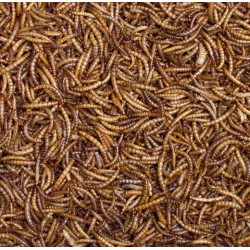
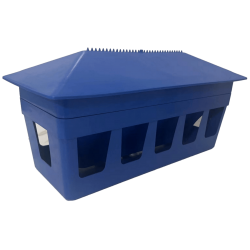
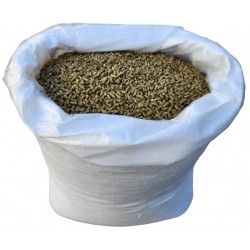
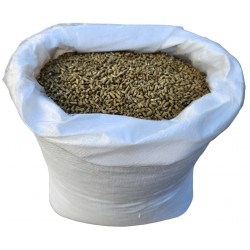



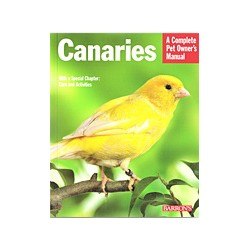
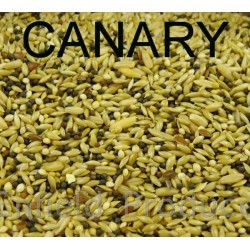
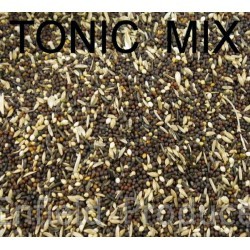
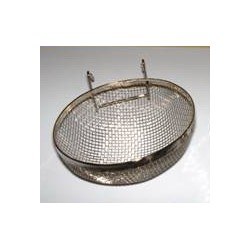
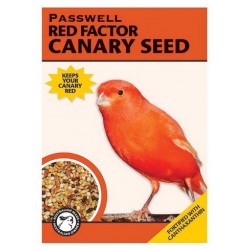
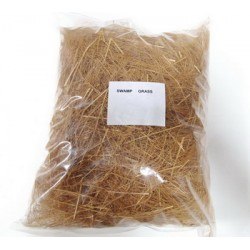
Currently unavailable. See alternatives below